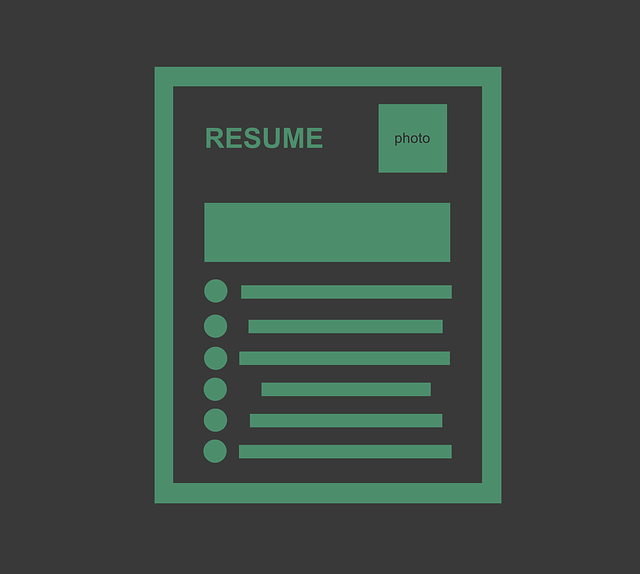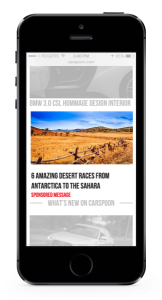— August 21, 2017

typographyimages / Pixabay
We’ve been talking a lot recently about brands and branding. Specifically, employer and talent brands: how to attract talent, how to build a strong talent pipeline, how to communicate to the outside world that your organization is a great place to work. If you haven’t read Colleen’s posts, or if you haven’t yet given this any thought, you’ll probably want to start right now. There are no greater resources than your employees and your talent pool.
But if we look at the other side of the coin, there is a lot to explore and so many questions from the job seeker’s perspective. How can candidates build their own “brand” in order to present themselves well, attract top employers and, ultimately, land the job that they’ve been searching for?
Actions Speak Louder Than Content
I think the key ingredient in building your candidate brand is to be active, responsive and consistent. Yes of course the quality of your content (resume, profile, posts, shares, Tweets, etc.) is important, and we will get to that, but first and foremost you need to remember that you’re building a reputation. Only logging in to your LinkedIn profile once a month (to find 30 unread messages and immediately feel overwhelmed by them) is not the way to build your brand as a steadfast, consistent professional.
Try to build a strategy that you can stick to. If that means that you check your LinkedIn account once per day, then that is awesome! You will be on top of your communication, you will be sharing interesting and engaging articles and content with your network, and most importantly you will be consistently visible and reliable to those that are interacting with you on LinkedIn.
Maybe daily just isn’t doable. Maybe it’s 2-3 times per week. That’s also great! Set 15-20 minutes aside on your calendar at the beginning, middle and end of each week to check your LinkedIn account and follow up on messages or introductions, comment on posts from key people in your network and share important insight with your Connections. You’re still making a strategic effort, you’re being consistent and, with this frequency and strategy, you’re still probably not allowing important opportunities to slip through the cracks.
If you’re thinking that 2-3 times per week is still a crazy expectation, then consider what you can do and be consistent. The goal is to be active and engaged in LinkedIn weekly, at a minimum. If you want to utilize your network for opportunities, if you want your network to make introductions for you, if you want them to know that you’re looking for a new role and to keep an eye out for you, then you have to be a person that they are familiar with and can refer you with confidence.
Your Value Proposition
As any company must define themselves through asking questions such as, “Why are we in business,” and “What sets us apart from our competition,” every candidate should be able to articulate their professional purpose and mission; the “why” behind the work that they do. Colleen calls it your “value proposition.”
So, beyond the very obvious guidance that your LinkedIn profile should be complete, including a professional photo, an attention-grabbing Headline, a well-written Summary and an Experience section that is consistent with your resume, your LinkedIn profile should include your value proposition. Over and over again. You want your “why” to be woven throughout your Profile, so that it becomes part of your overall message and, yup you guessed it – your brand.
Resume Woes and Won’ts
I’ve heard a few people recently say that resumes are dead. This may very well be true. I have many thoughts on this subject, which may require a future post, but for now I’ll keep things simple. Your LinkedIn profile is more important than ever; particularly if you’re looking for a new opportunity. The majority of recruiters and HR representatives are vetting your LinkedIn profile as much, or even more, than your resume. They’re making sure that the information you’ve included is correct across both sources, they’re checking out your LinkedIn activity, they’re reading your LinkedIn recommendations…
But unless the employer(s) of your dreams no longer requires a resume when you apply, you’re going to need a well-crafted, accurate and compelling resume as the baseline to your candidacy conversations and your candidate brand. How can you communicate your brand through your resume? I have a few ideas:
- Your LinkedIn profile URL should be front and center. It is almost entirely unnecessary to include a physical address on your resume anymore. So, omit that information and replace it with your Profile URL.
- Does your resume include a Summary or Skills section? If not, it should. Make sure that this section illustrates and reinforces your Value Proposition.
- Beyond your job responsibilities, make sure that your position descriptions include your job accomplishments for each role that you’ve held. Your brand is about who you are and what you’ve done.
- Echoing my thought from earlier, your resume should be easily sharable. If you want your network to advocate for you, they need to be able to send or share your resume with a contact without a million attachments or messy formatting. Think of it as a marketing piece. And get your brand out there!
Business & Finance Articles on Business 2 Community
(68)








